The golden era of automobiles is often celebrated for its iconic designs and groundbreaking innovations. While many classic cars from this period are well-remembered, several remarkable models have slipped through the cracks of history. Here, I explore 12 forgotten cars from the golden era, each with its unique charm and contribution to the automotive world.
AMC Pacer
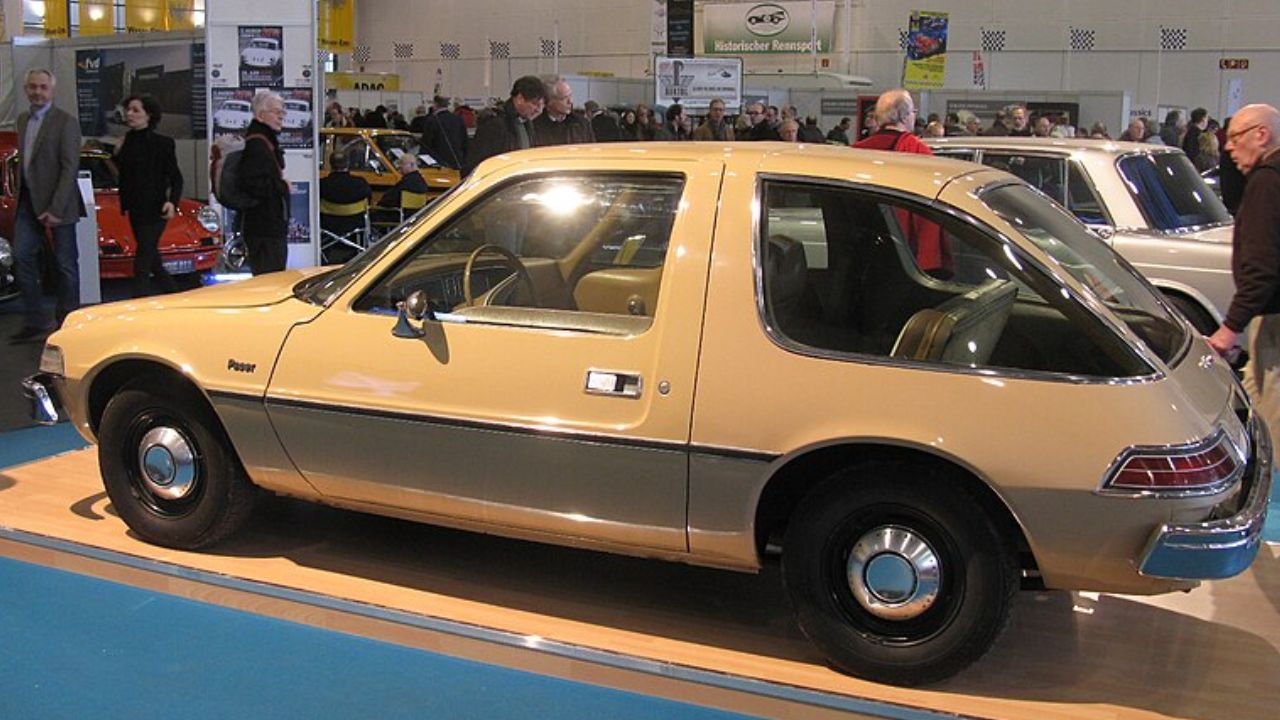
The AMC Pacer is a car that often sparks nostalgia for those who remember its quirky design and compact shape. Introduced in 1975, the Pacer was ahead of its time with a wide body and unique glass area, which made it stand out in the crowd of boxy sedans. The designers at AMC sought to create a small car that maintained the interior space of larger vehicles, a novel concept back then.
Despite its innovative design, the Pacer faced several challenges, including a fuel crisis and competition from more fuel-efficient imports. Today, it’s a rare sight on the road, but it remains a memorable piece of automotive history for its bold attempt to redefine compact cars.
Studebaker Avanti
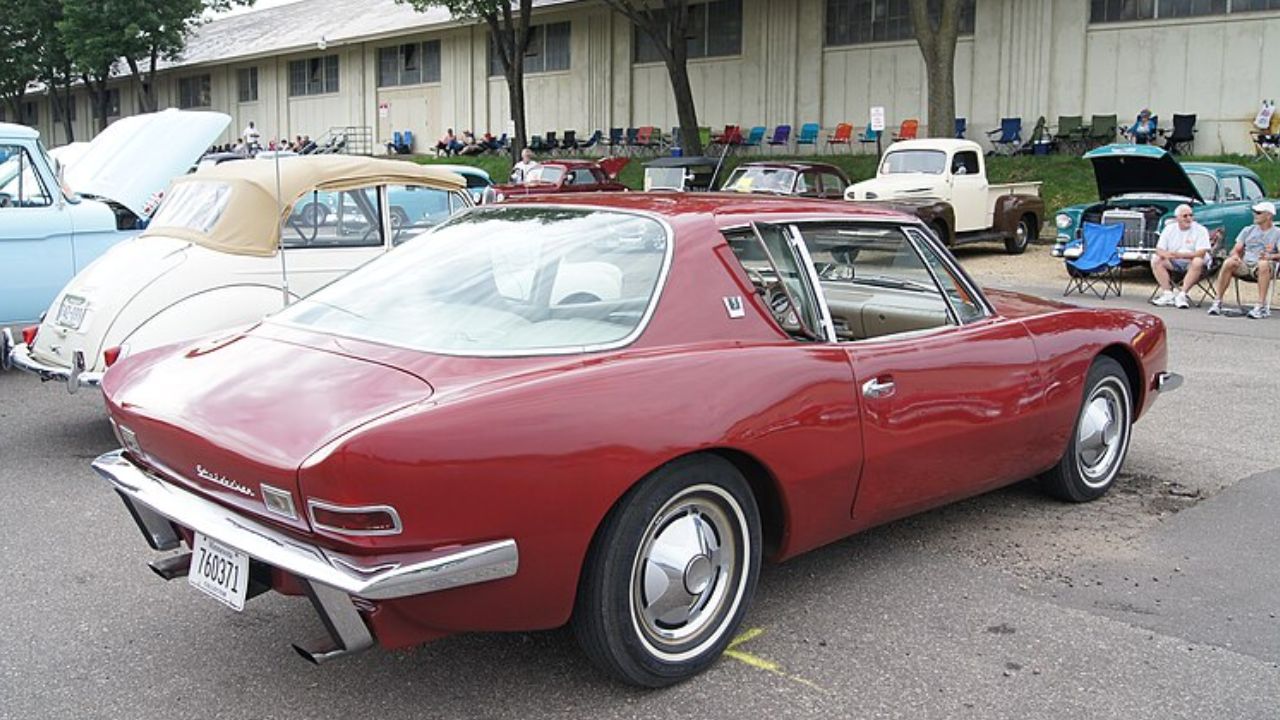
Launched in 1962, the Studebaker Avanti was an advanced sports coupe with a distinctive fiberglass body and a powerful V8 engine. Designed by Raymond Loewy, the Avanti was intended to revive Studebaker’s image and compete with the Corvette. It boasted features like front disc brakes and a supercharged engine, which were ahead of its time.
Unfortunately, production issues and Studebaker’s financial struggles led to a short-lived production run. Despite its limited commercial success, the Avanti’s unique design and innovative features have earned it a devoted following among car enthusiasts.
Nash Metropolitan
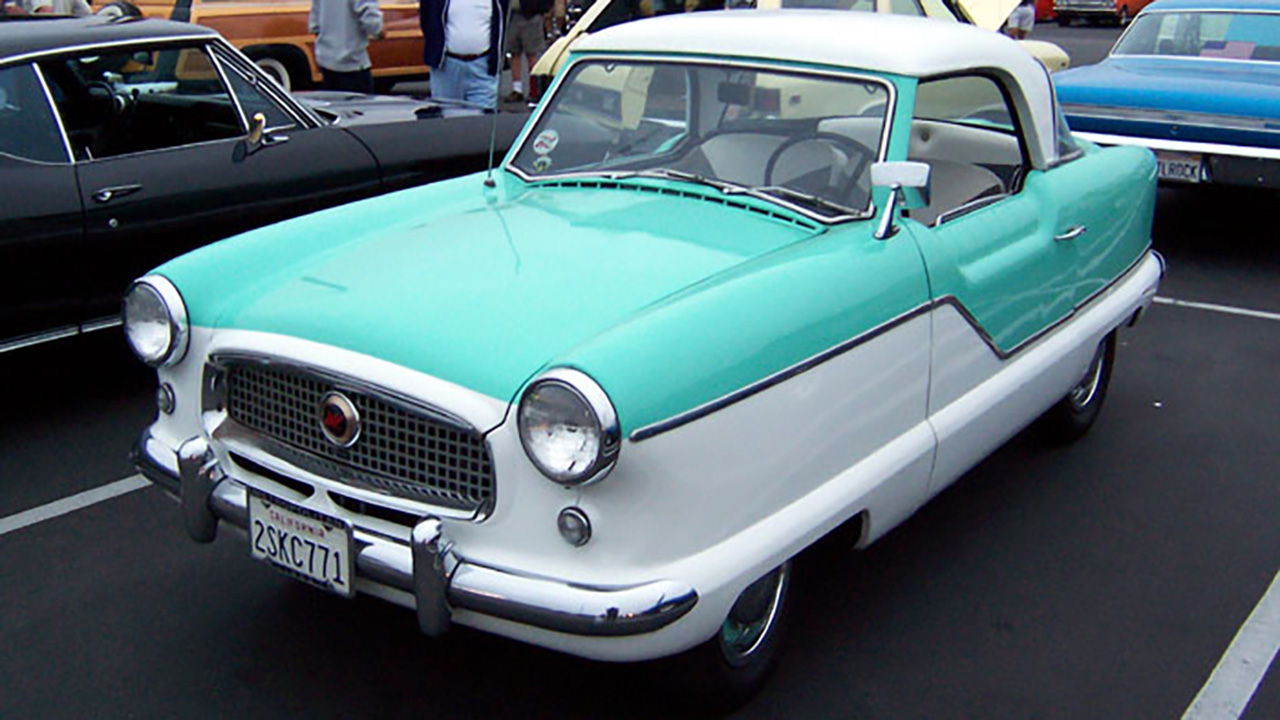
The Nash Metropolitan, launched in 1954, was one of the first subcompact cars sold in the United States. Produced by the American Motors Corporation (AMC) in partnership with the British Motor Corporation (BMC), the Metropolitan was designed to offer an economical and stylish option for urban drivers.
Though initially met with skepticism due to its small size, the Metropolitan eventually gained a loyal customer base. Its classic two-tone paint and charming design make it a darling among collectors today, even if it never achieved the widespread fame of its larger contemporaries.
Mercury Marauder
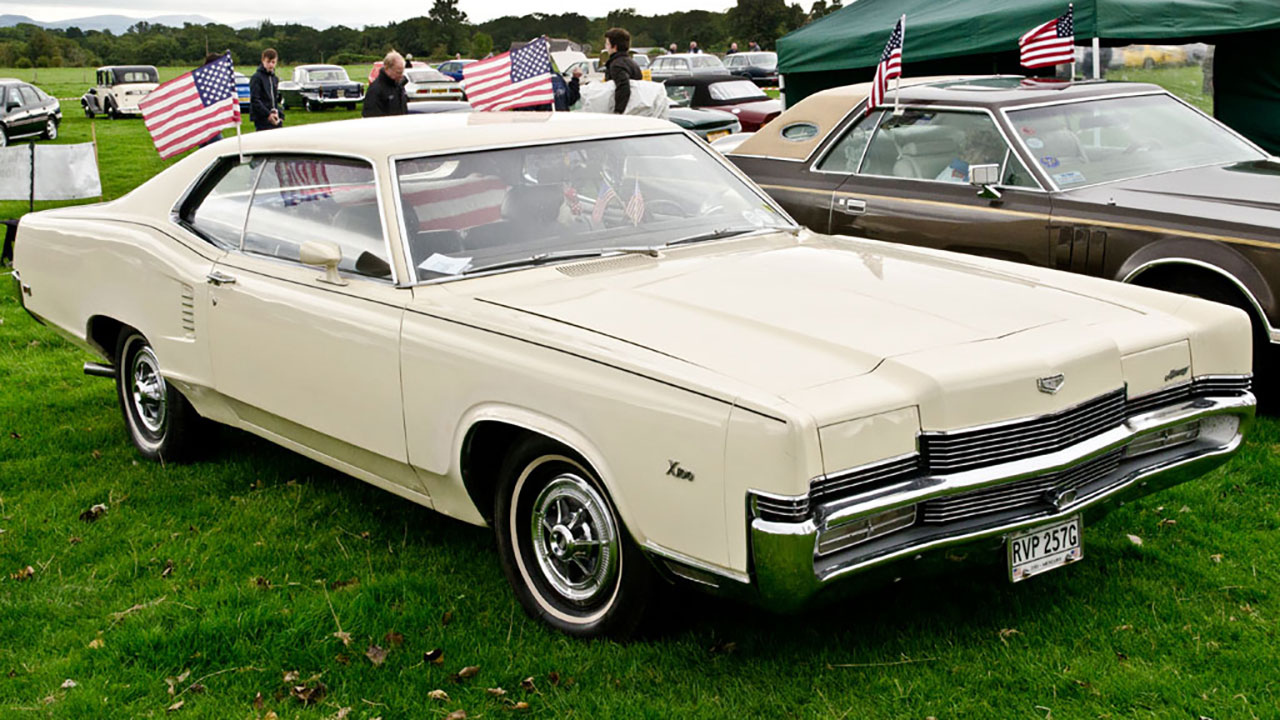
The Mercury Marauder made its debut in the 1960s as a high-performance variant of Mercury’s full-size cars. With its powerful engine options, including a 390 cubic inch V8, the Marauder was designed to compete in the burgeoning muscle car market. It offered a blend of luxury and performance that appealed to drivers seeking more than just speed.
Despite its potential, the Marauder never achieved the same level of popularity as some of its muscle car rivals. It was briefly revived in the early 2000s, but it remains a lesser-known chapter in the story of American performance cars.
Plymouth Barracuda
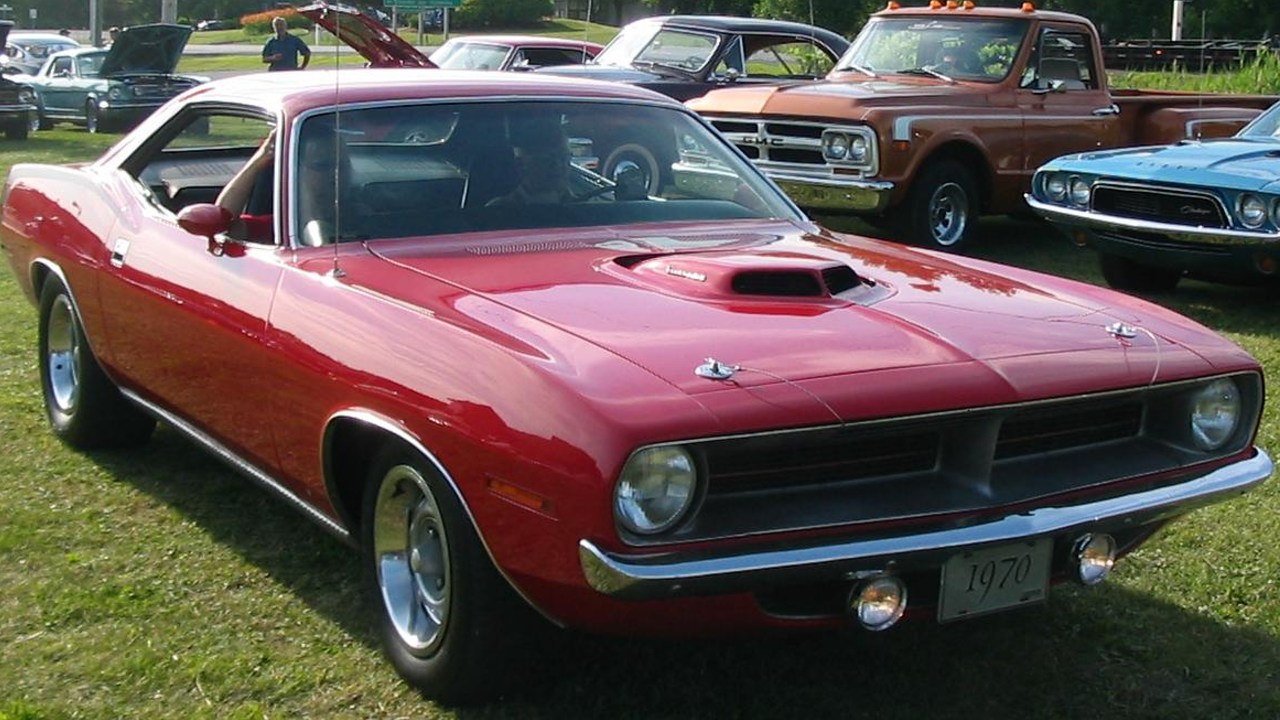
The Plymouth Barracuda, initially introduced in 1964, predated the Ford Mustang by two weeks, making it one of the first pony cars. Its distinctive fastback design and powerful engine options, including the legendary Hemi V8, made it a favorite among performance enthusiasts.
Although it never reached the iconic status of the Mustang or Camaro, the Barracuda developed a cult following. The rare 1971 models, with their distinctive grille and high-performance options, are particularly sought after by collectors today.
Hudson Hornet
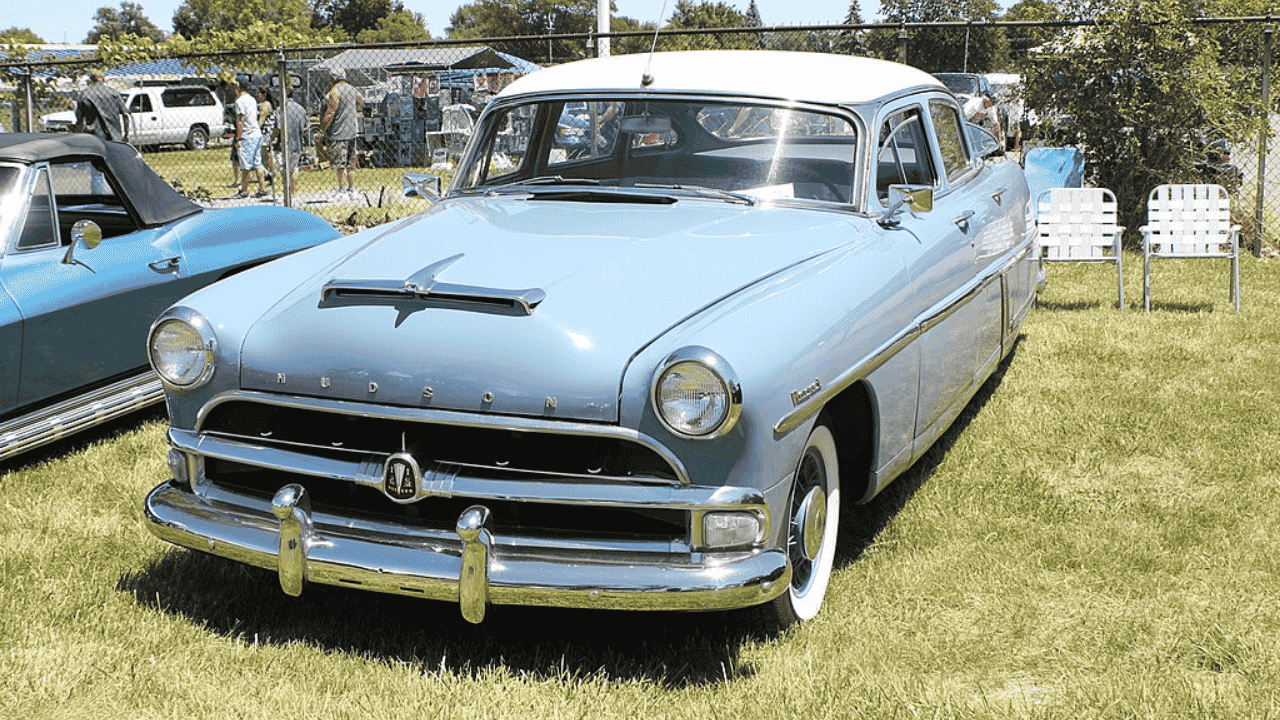
The Hudson Hornet, produced from 1951 to 1954, was a leader in stock car racing, earning its place in history for its remarkable performance. Its “step-down” chassis design gave it a lower center of gravity, contributing to its excellent handling and stability on the track.
Despite its racing success, the Hornet struggled in the marketplace due to the merger of Hudson with Nash-Kelvinator, which led to the formation of AMC. The Hornet’s legacy, however, endures, celebrated in classic car circles and even in popular culture, such as the animated film “Cars.”
Kaiser Darrin
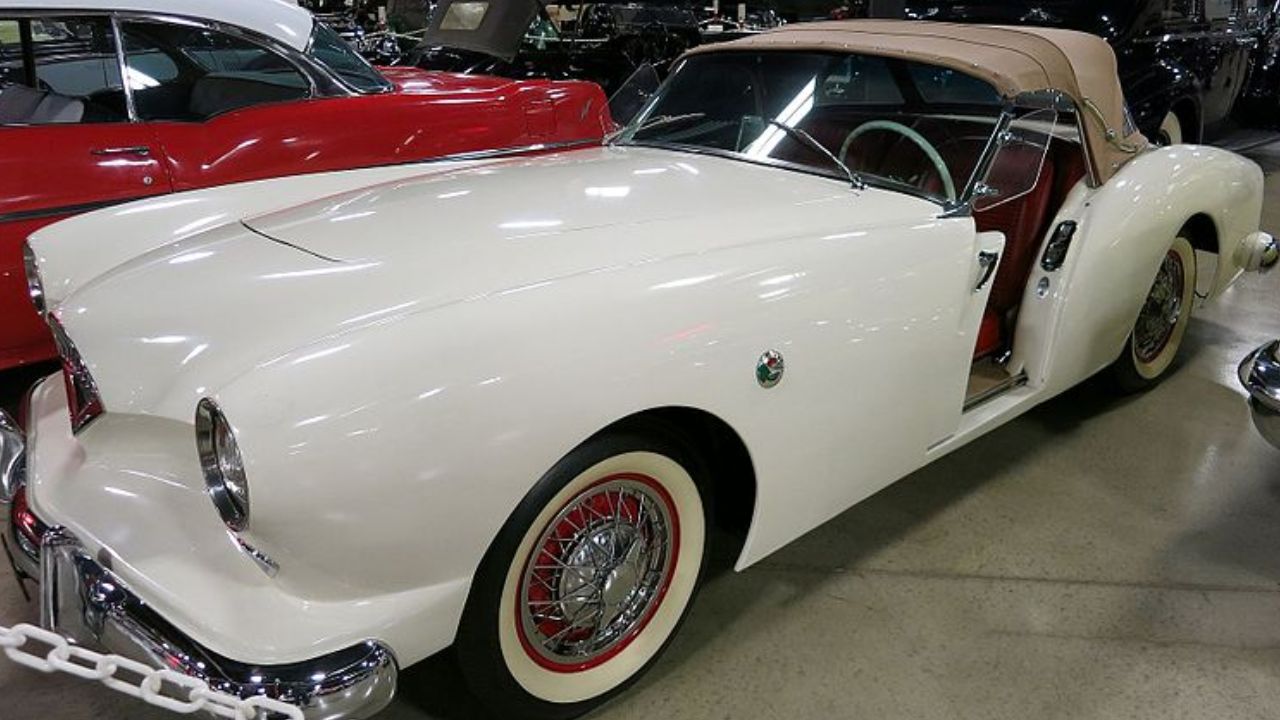
The Kaiser Darrin, introduced in 1954, was a pioneering American sports car with a fiberglass body and unique sliding doors. Designed by Howard “Dutch” Darrin, this stylish roadster was one of the first to embrace the use of fiberglass, a material that would later become standard in sports car manufacturing.
Production was limited, and the Darrin faced competition from the Chevrolet Corvette, which debuted around the same time. Despite its challenges, the Kaiser Darrin is remembered for its innovative design and remains a prized collector’s item.
Packard Caribbean
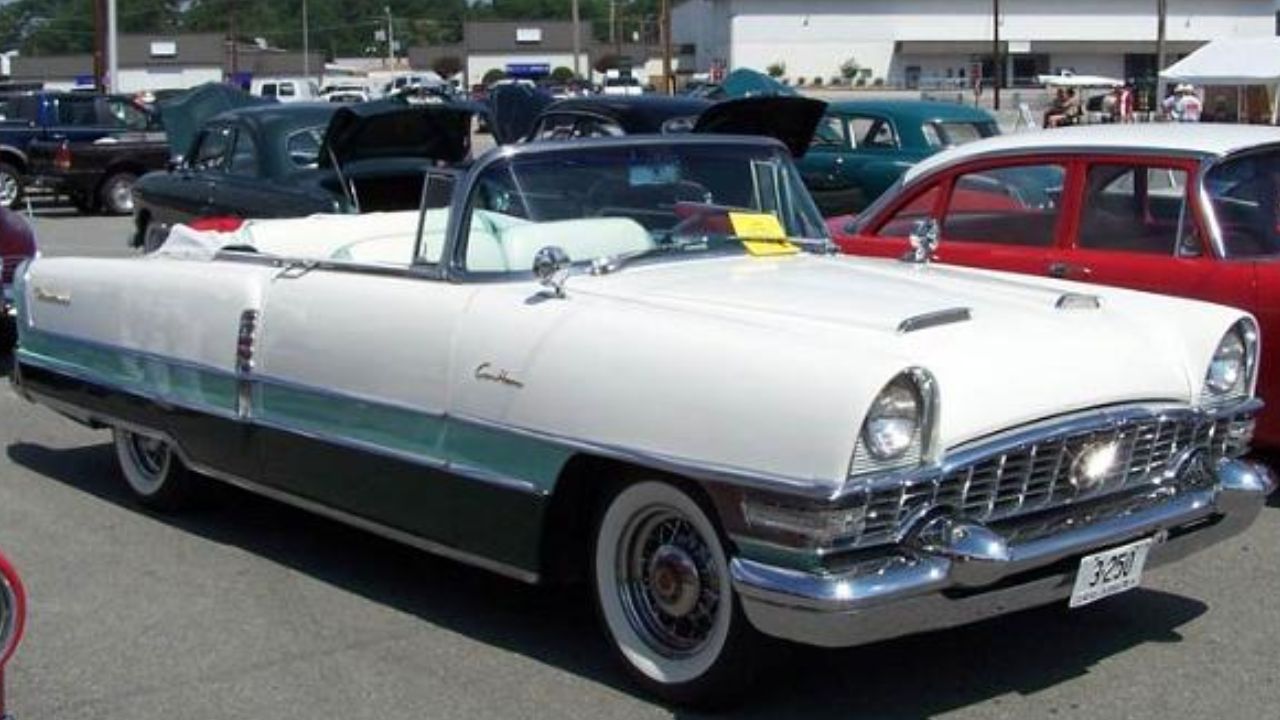
Produced from 1953 to 1956, the Packard Caribbean was a luxury convertible that epitomized elegance and style. Equipped with a powerful V8 engine and advanced features like a self-leveling suspension, the Caribbean was a symbol of automotive luxury.
Unfortunately, financial difficulties led to Packard’s decline, and the Caribbean’s production was short-lived. Today, it stands as a testament to a bygone era of American luxury cars, cherished by enthusiasts for its timeless design and craftsmanship.
Oldsmobile Toronado
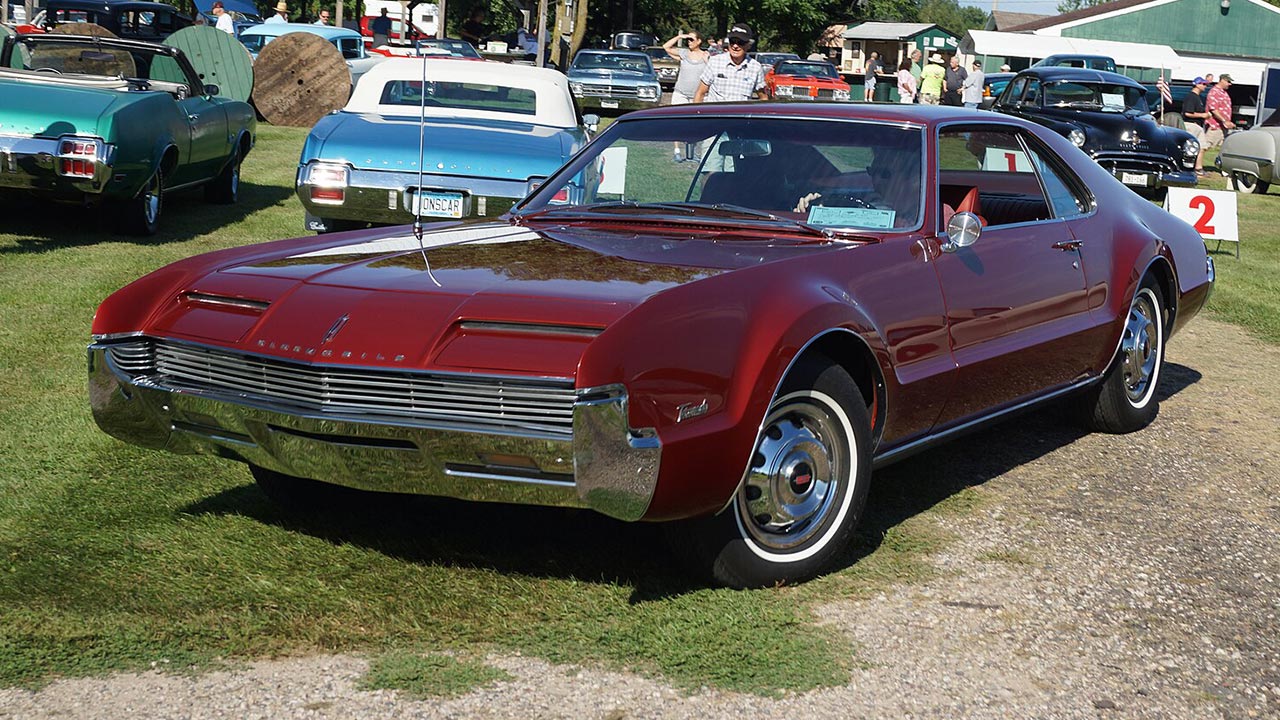
The Oldsmobile Toronado, launched in 1966, made waves as one of the first American cars to feature front-wheel drive. Its bold styling and innovative engineering captured the attention of the automotive world and earned it the Motor Trend Car of the Year award.
Despite its initial success, the Toronado’s popularity waned as consumer preferences shifted. It remains an important part of automotive history, recognized for its pioneering design and the impact it had on the industry.
Tucker 48
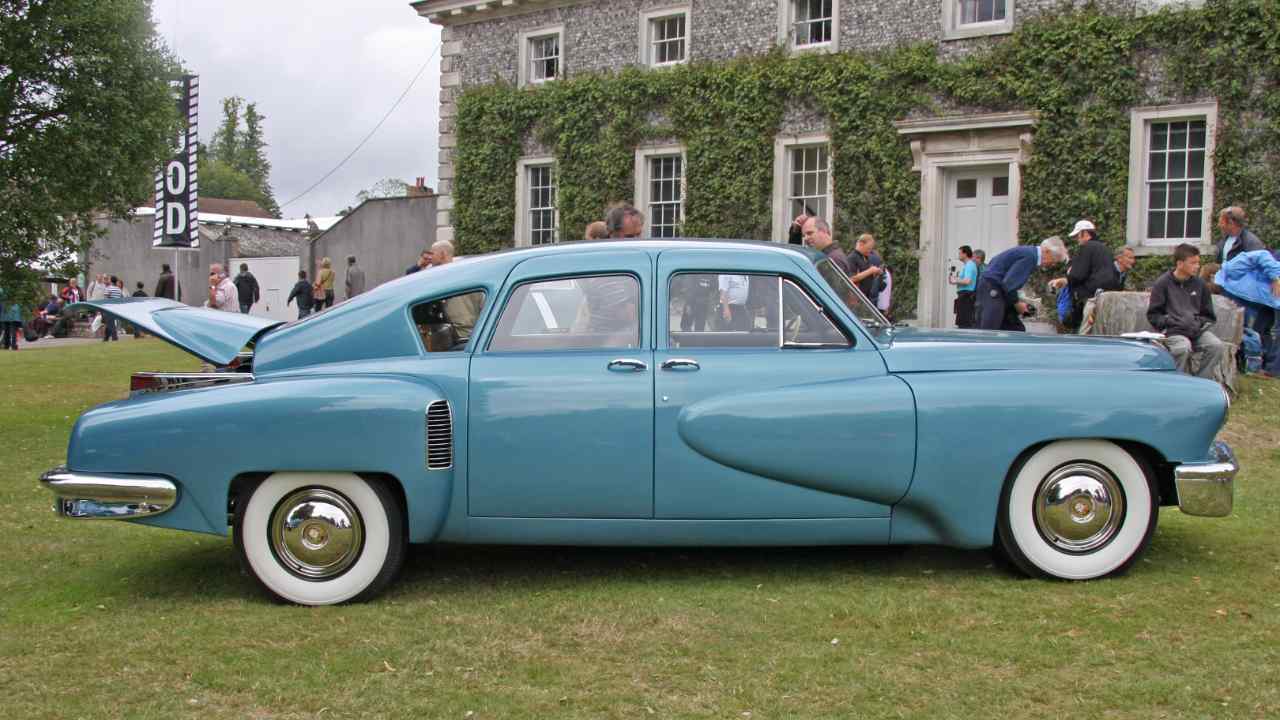
The Tucker 48, also known as the Tucker Torpedo, was the brainchild of entrepreneur Preston Tucker. Introduced in 1948, this innovative vehicle featured numerous safety advancements, including a rear-mounted engine and a padded dashboard.
Only 51 cars were ever produced before the company folded under controversial circumstances. Despite its short-lived production, the Tucker 48 is celebrated for its forward-thinking design and remains a favorite among classic car enthusiasts.
Cord 810
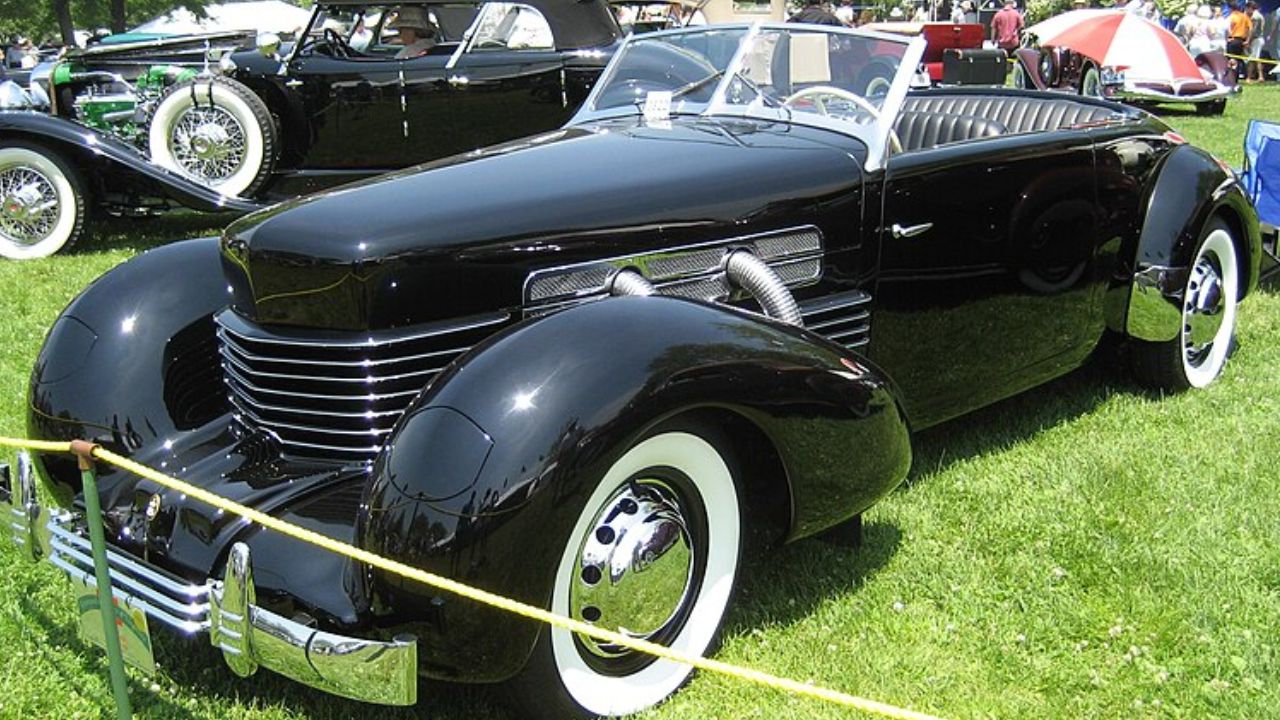
The Cord 810, introduced in 1936, was a marvel of automotive engineering with its front-wheel drive and hidden headlights. Designed by Gordon Buehrig, the 810’s sleek lines and innovative features set it apart from its contemporaries.
Although it faced financial difficulties and limited production, the Cord 810’s legacy lives on through its influence on car design and its status as a classic. Its Art Deco styling and engineering prowess continue to captivate car enthusiasts and collectors alike.
Like Fast Lane Only’s content? Be sure to follow us.
Here’s more from us:
*Created with AI assistance and editor review.

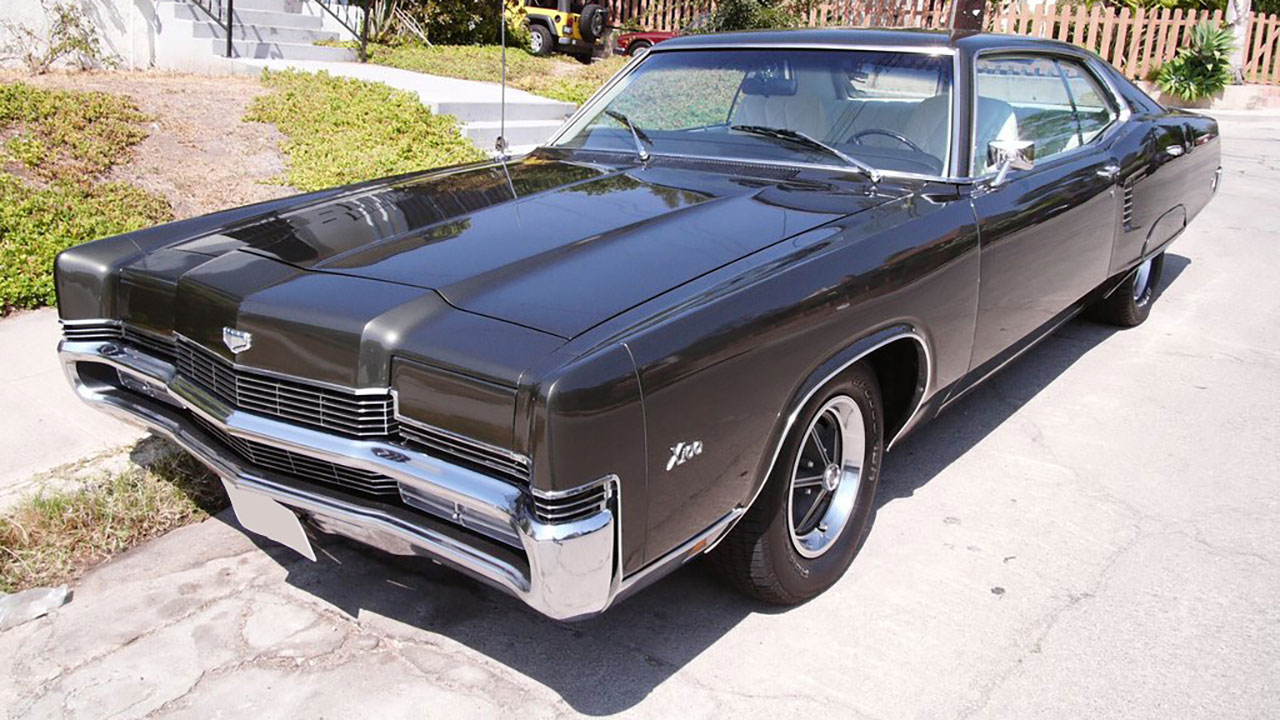
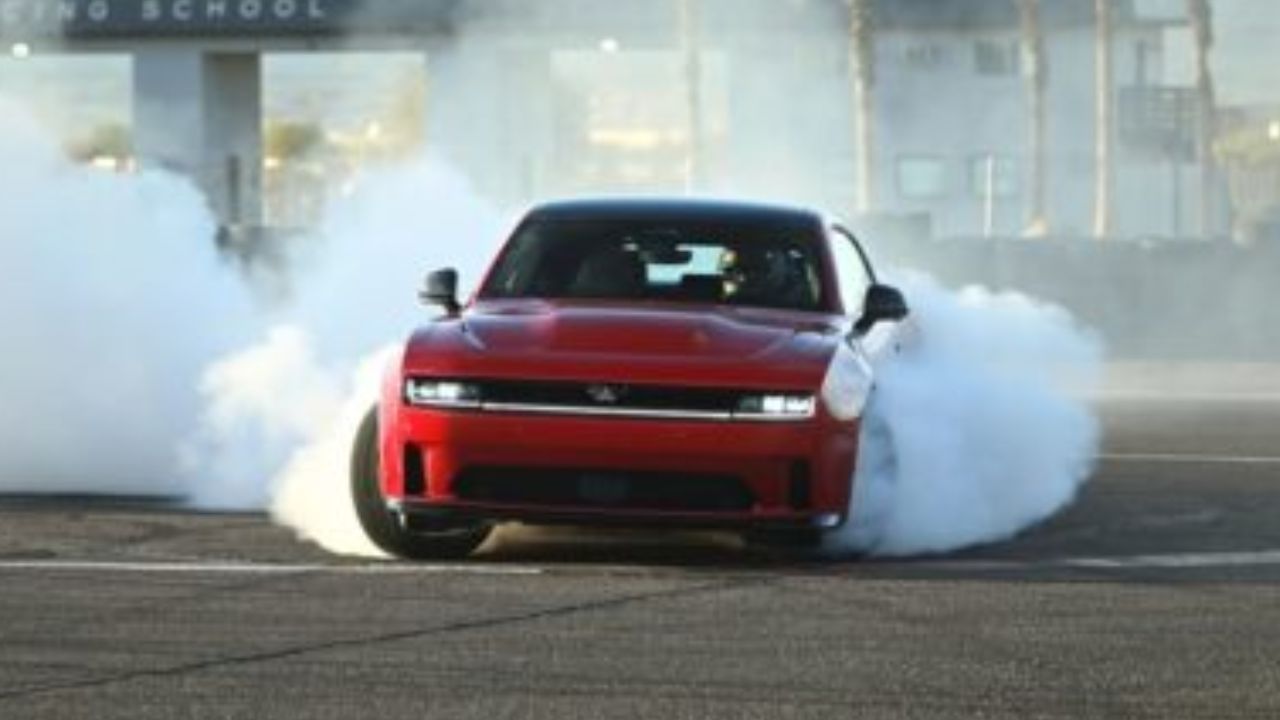
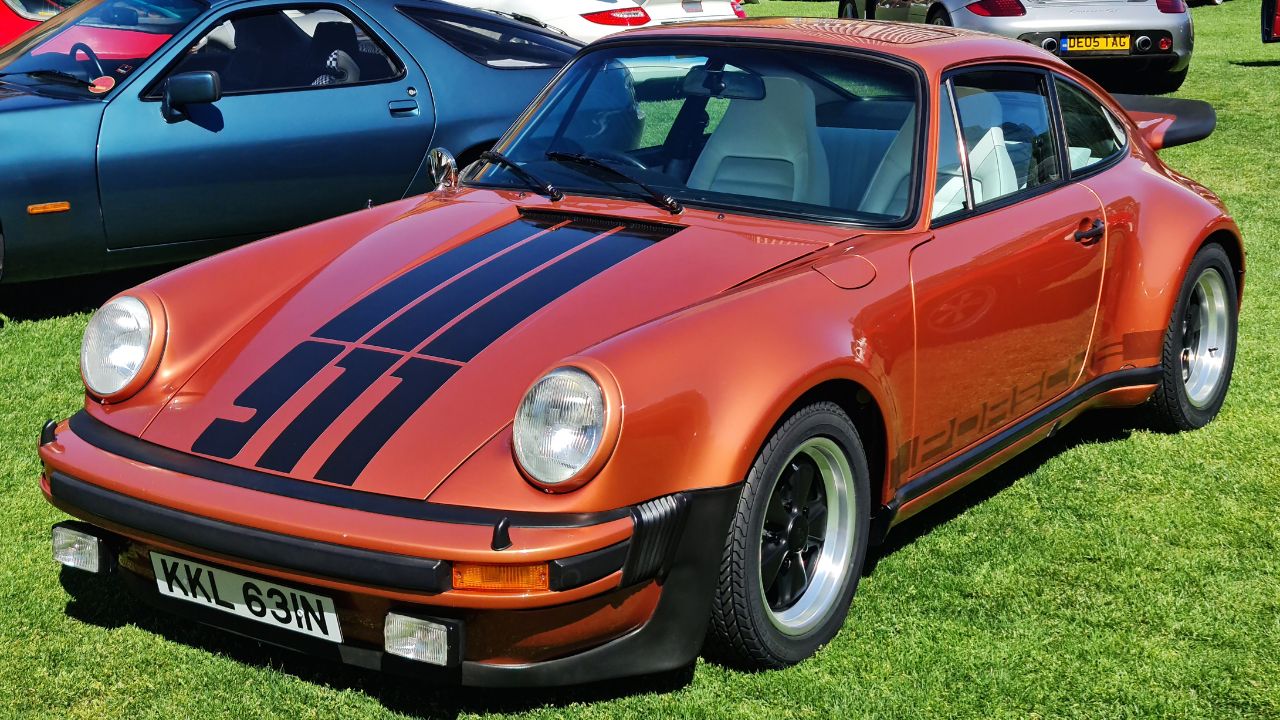
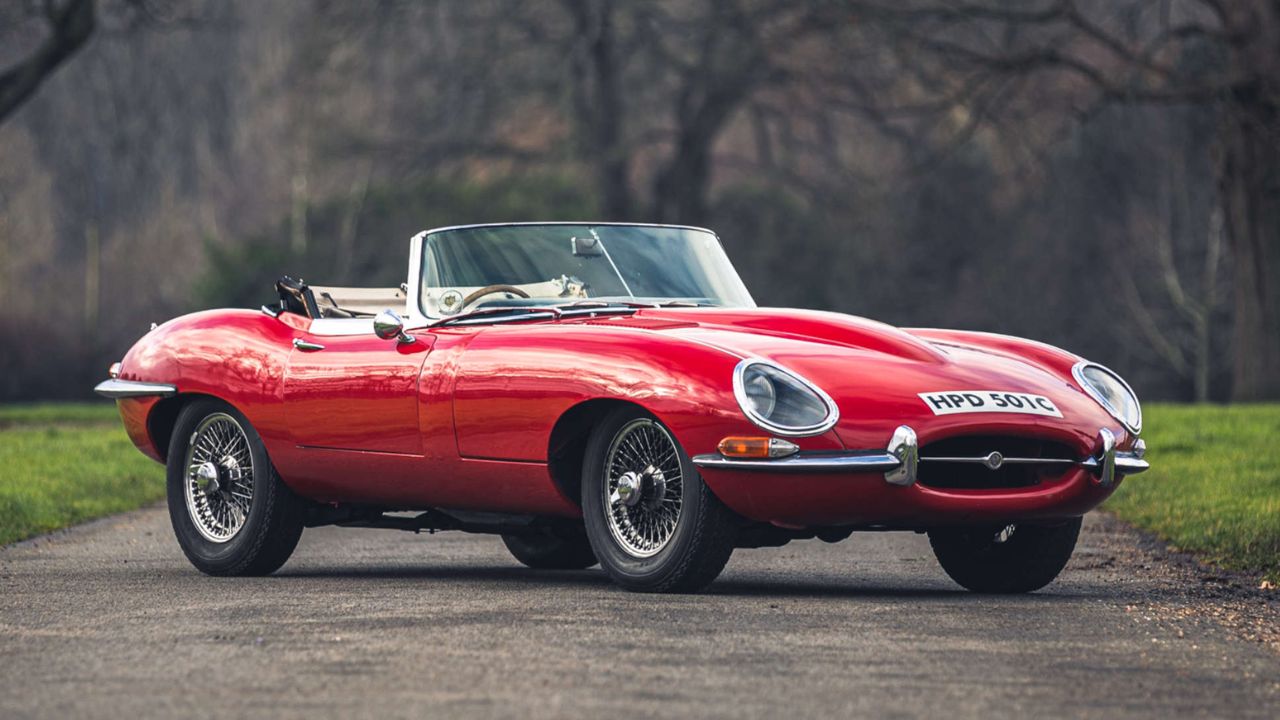
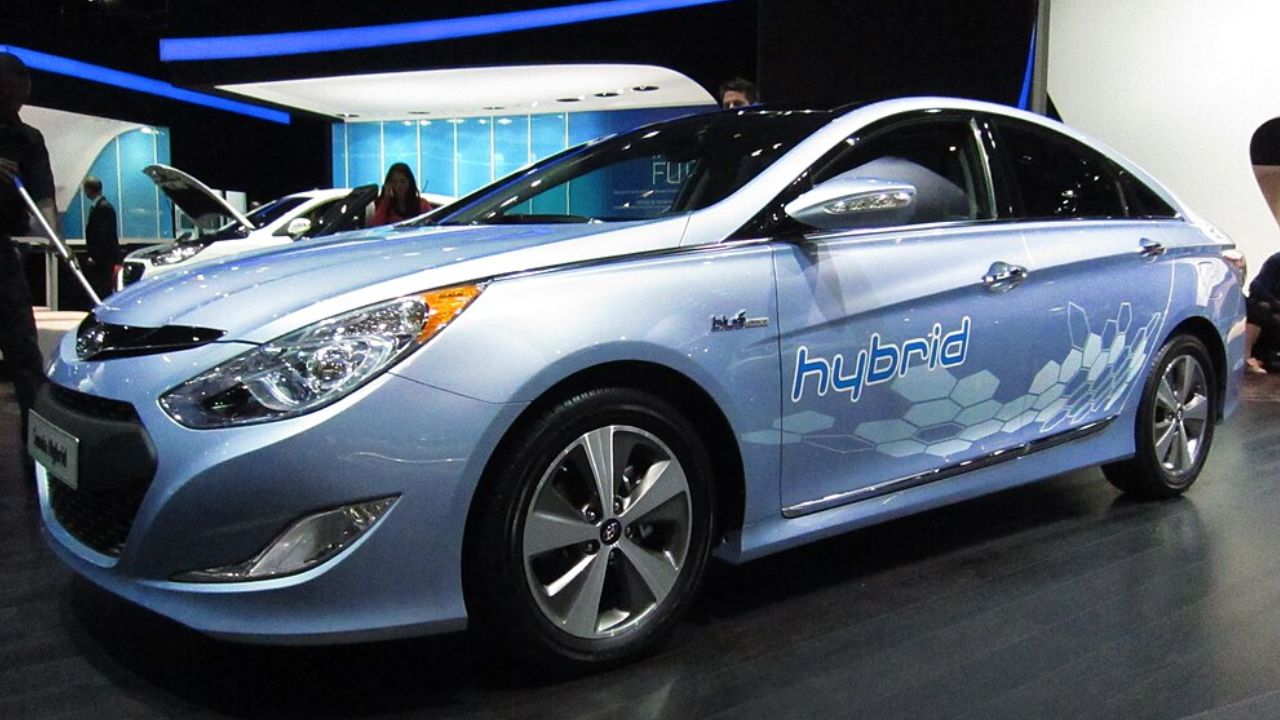
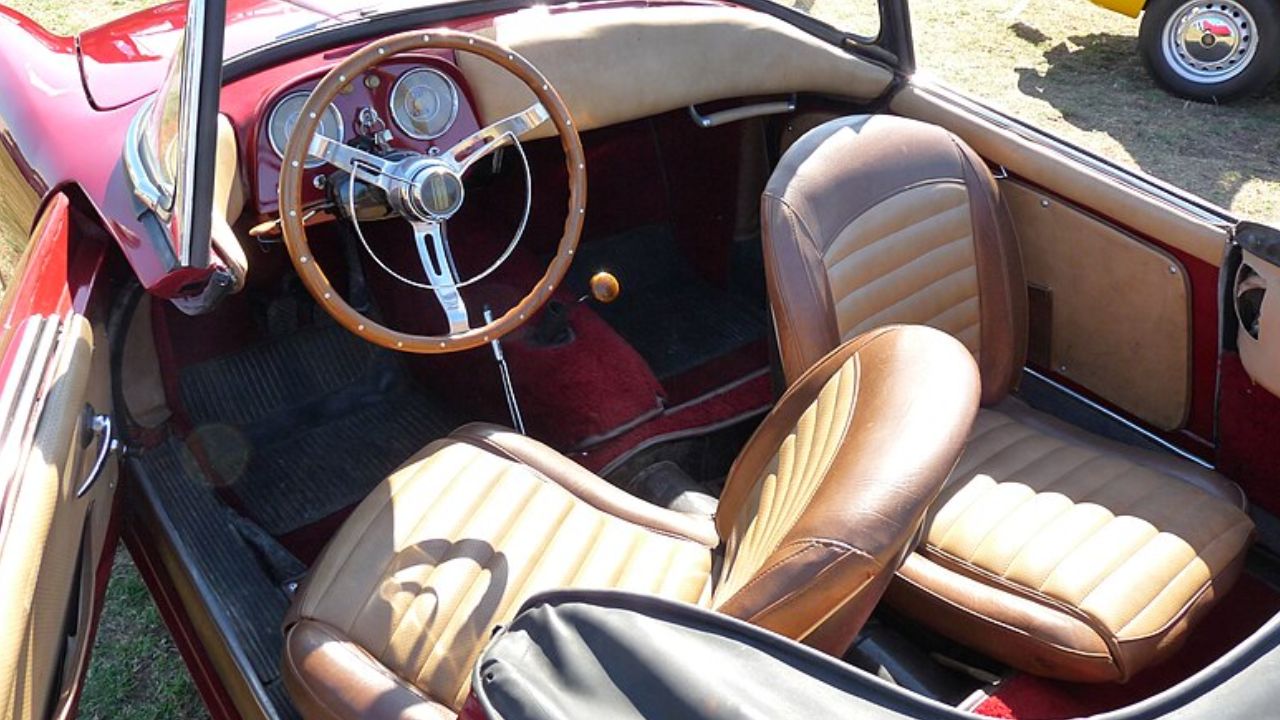
Leave a Reply